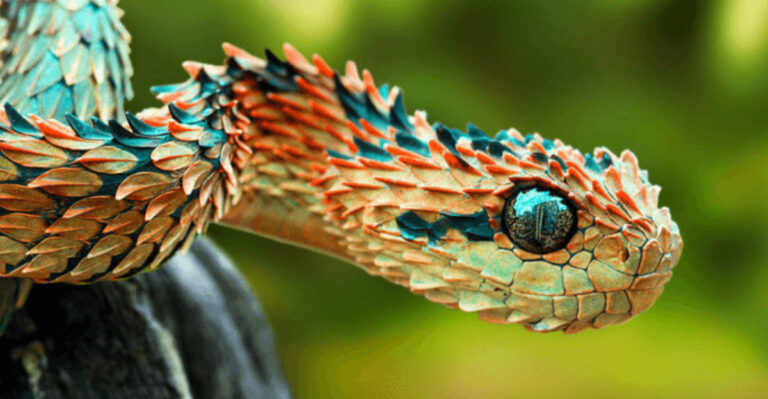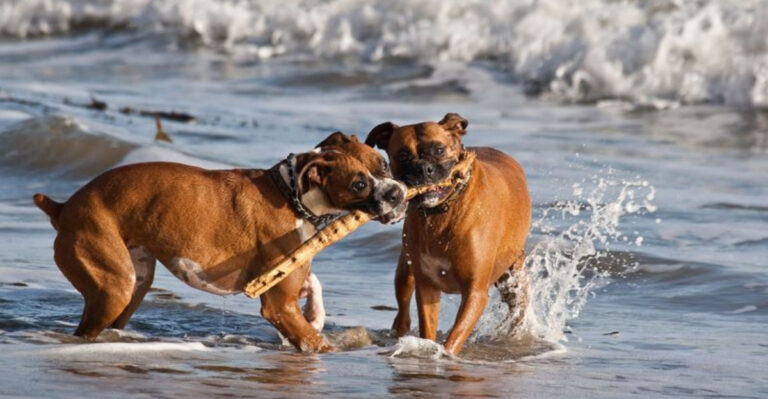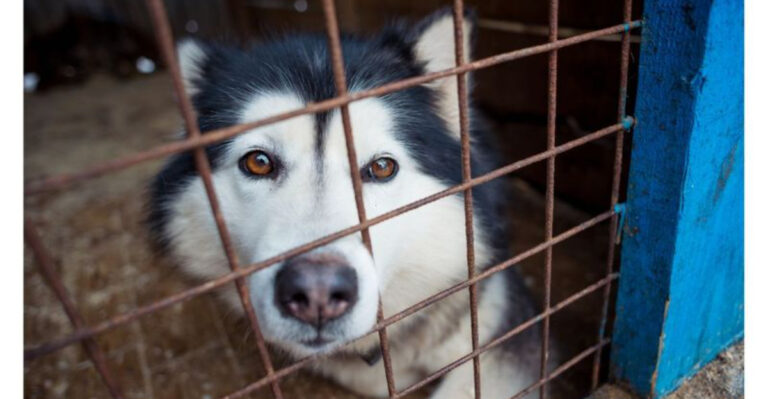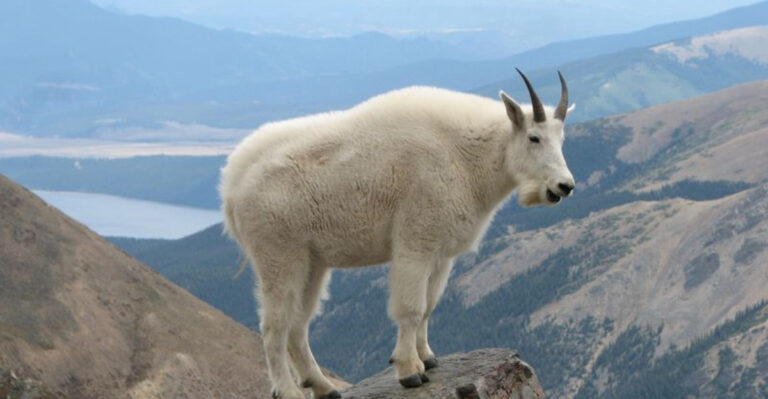9 Actions To Take If A Coyote Appears In Your Yard And 5 Mistakes To Avoid
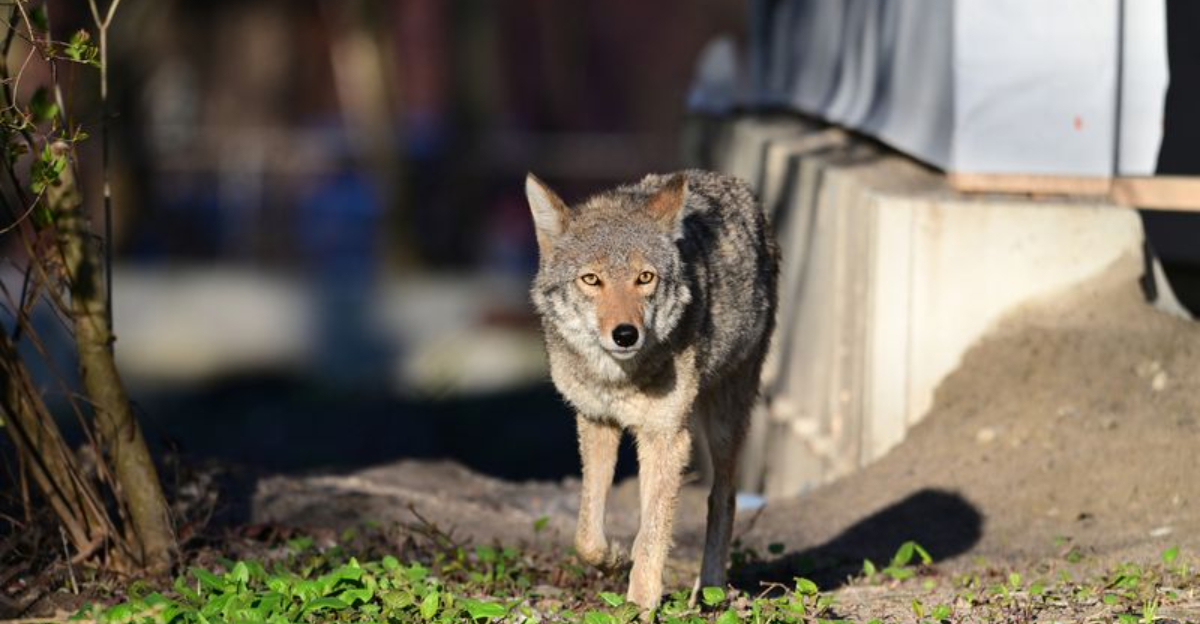
If you live in an area where coyotes are common, it’s not unusual to spot one in your yard. While these wild animals generally avoid humans, it’s important to know how to respond if they show up.
Coyotes can be curious, and their presence in your yard may be a sign they’re hunting or looking for food. Knowing exactly what to do when you spot one can make all the difference between a peaceful coexistence and a problematic encounter.
1. Make Yourself Big And Loud
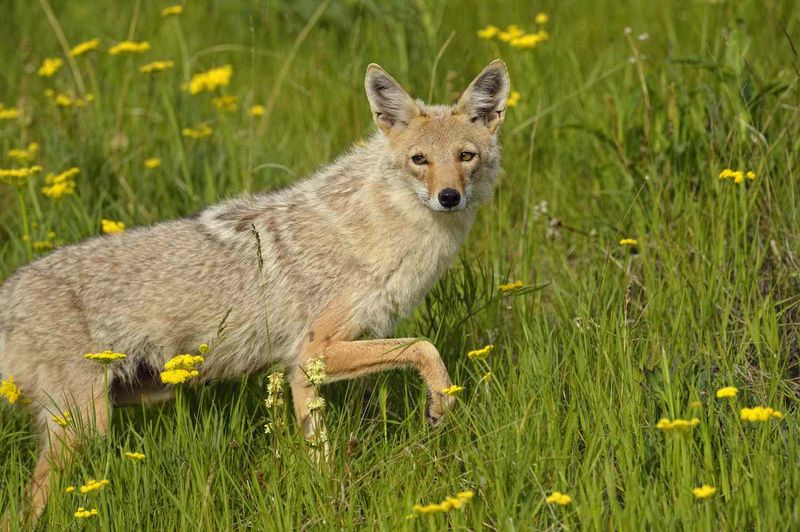
Raise your arms overhead and wave them while making loud noises. Coyotes typically fear humans and will retreat when confronted with confidence.
Yell firmly, clap your hands, or bang pots together. This technique, called ‘hazing,’ teaches coyotes that your yard isn’t a welcoming place for them to hang around.
2. Keep Your Distance
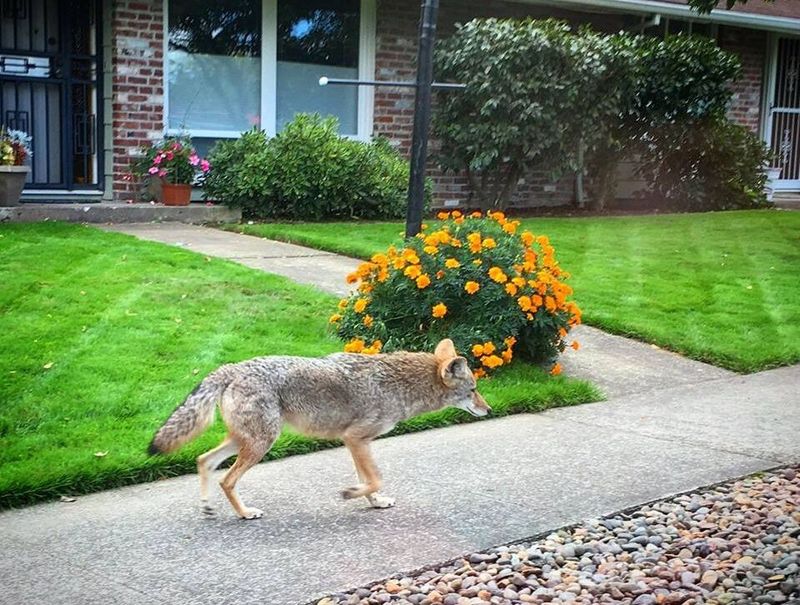
Safety first means maintaining at least 50 feet between you and the wild animal. Coyotes rarely attack humans but can become defensive if cornered or protecting their young.
Watch from inside your home if possible. Remember that even though they might look like dogs, these are wild animals with unpredictable behavior patterns.
3. Bring Children And Pets Inside
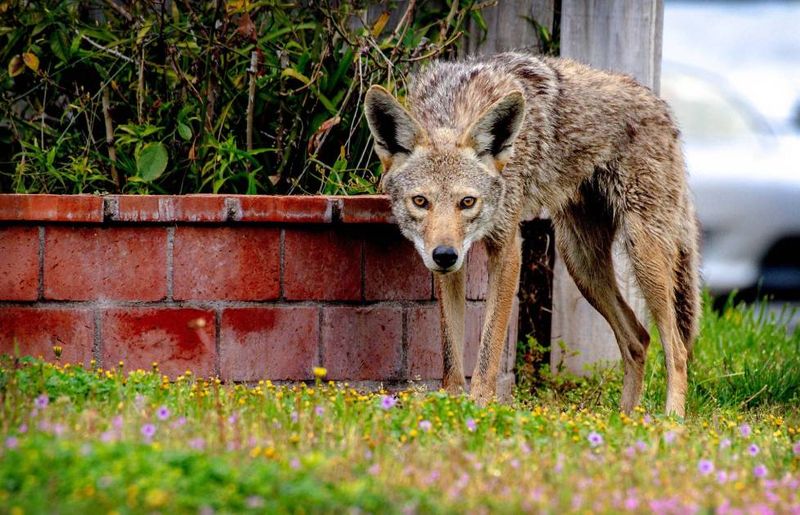
Small animals and kids might trigger a coyote’s predatory instincts. Immediately gather family members and pets indoors at the first sighting.
Don’t delay this crucial step. Coyotes are opportunistic hunters that primarily seek small prey, and unfortunately, your beloved pet might look like dinner to a hungry wild animal.
4. Remove Food Sources
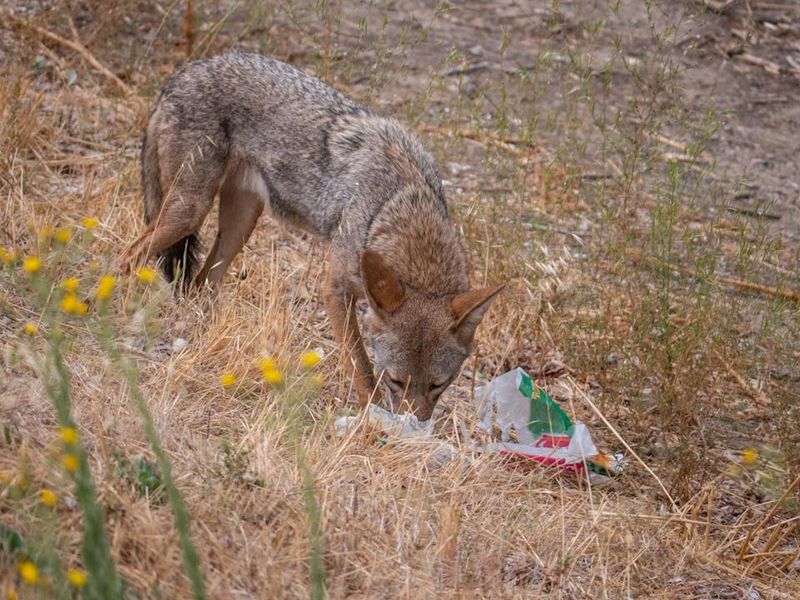
Coyotes follow their stomachs. Secure garbage cans with wildlife-proof lids and never leave pet food outside overnight.
Pick up fallen fruit from trees and clean up bird seed spills regularly. Even compost needs proper containment. A fed coyote becomes a regular visitor, losing its natural wariness of humans and creating ongoing problems.
5. Maintain Your Yard

Trim tall grass and remove brush piles where rodents hide. Coyotes hunt mice and rats, so eliminating their food source makes your property less attractive.
Secure spaces under decks, porches, and sheds with wire mesh. These sheltered spots make perfect dens for coyotes during breeding season, especially in suburban areas where natural habitats are limited.
6. Install Motion-Activated Deterrents

Sprinklers that suddenly spray or lights that flash can startle unwanted visitors. These devices trigger when they detect movement, sending coyotes running without harming them.
Position them at entry points around your yard. The unexpected blast of water or sudden brightness creates an unpleasant experience that coyotes quickly learn to avoid, keeping them away from your space.
7. Secure Your Fence Line
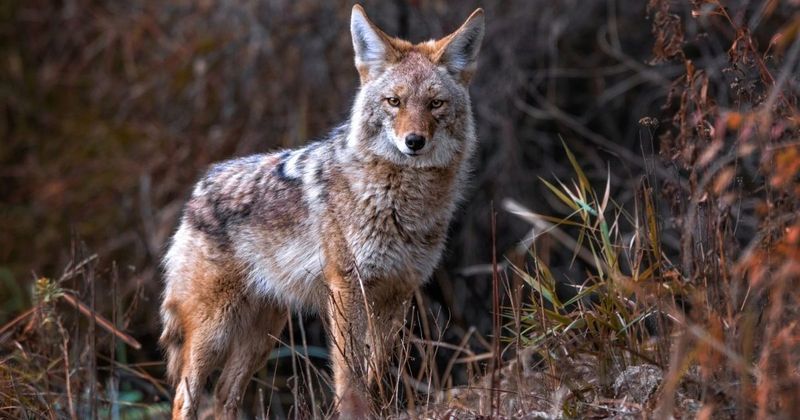
Coyotes can jump five feet high and dig under barriers. Check your fencing for gaps and consider installing “coyote rollers” along the top edge.
These cylindrical devices spin when animals try to climb over, preventing them from getting a grip. For extra protection, bury the fence at least six inches deep or install an L-shaped mesh barrier extending outward underground.
8. Contact Local Wildlife Authorities
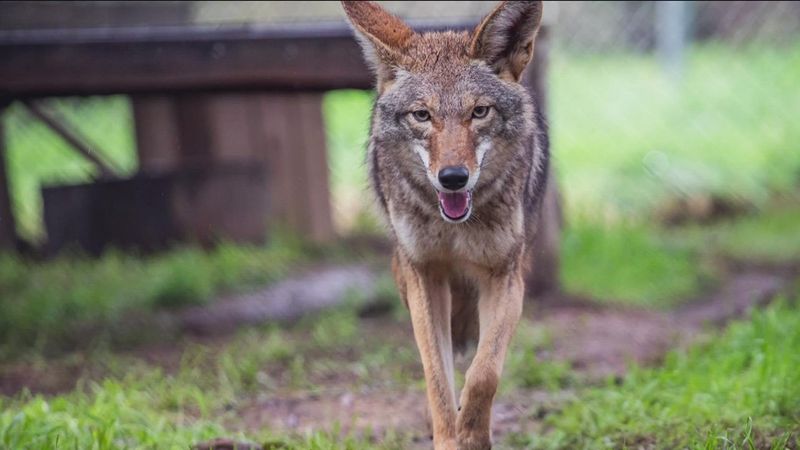
Repeated coyote sightings or unusual behavior warrants professional attention. Your local animal control or wildlife management office can provide specific guidance for your area.
They track coyote populations and behaviors, helping communities develop appropriate responses. Report any aggressive actions immediately – wildlife officials need this information to protect both people and animals.
9. Educate Your Neighbors
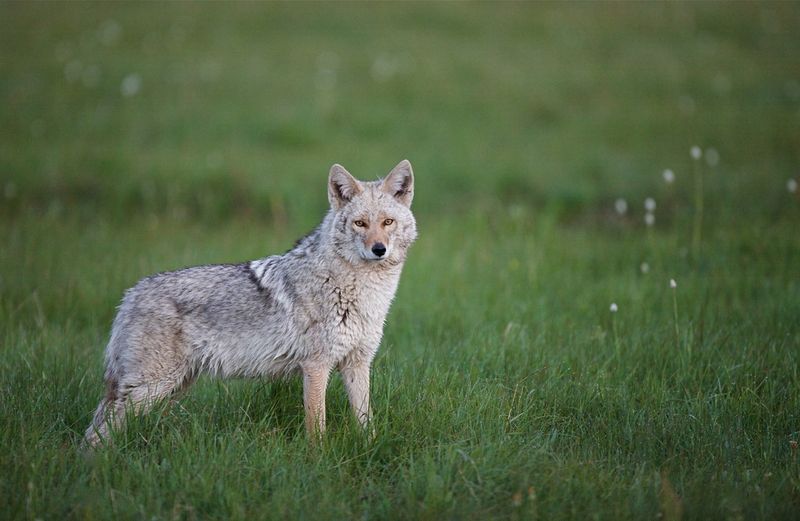
Team up for better results by sharing information about coyote prevention. One neighbor leaving food out can undo everyone else’s hard work.
Consider organizing a community meeting with wildlife experts. Consistent neighborhood-wide practices make the entire area less attractive to wildlife. Remember that coyotes can roam up to ten miles daily looking for food.
10. AVOID: Running Away
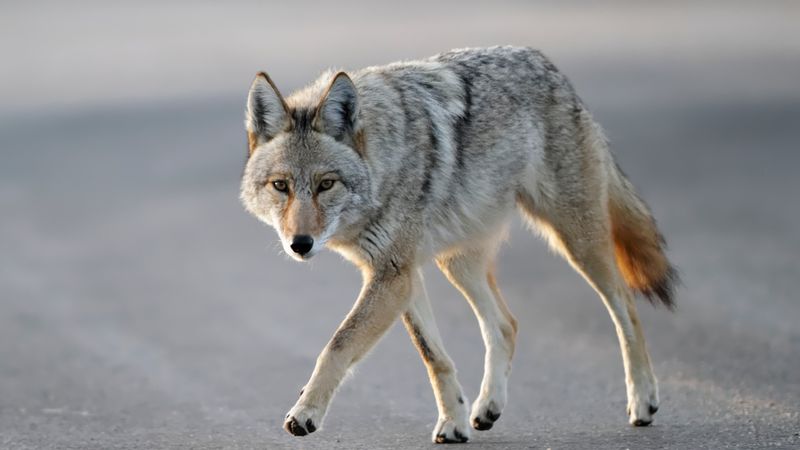
Fleeing triggers predatory instincts in coyotes. Though attacks on humans are extremely rare, running makes you appear like prey and might encourage pursuit.
Stand your ground instead. Face the animal directly, maintain eye contact, and back away slowly if needed. Your confident body language communicates that you’re not an easy target but rather something to be avoided.
11. AVOID: Approaching Or Cornering

Curiosity can be dangerous when wild animals feel trapped. Never approach a coyote for photos or a closer look, especially if it appears sick or injured.
Even well-meaning attempts to help can backfire terribly. Cornered coyotes may fight back out of fear. Instead, maintain distance and call animal control professionals who have proper training and equipment.
12. AVOID: Feeding Coyotes

Hand-feeding creates dangerous dependency and boldness in wild animals. Coyotes that associate humans with food lose their natural wariness and become increasingly aggressive.
Even indirect feeding (like unsecured compost or pet food) causes problems. Once coyotes expect meals from humans, they’re likely to approach people more frequently and may eventually need to be removed by wildlife officials.
13. AVOID: Shining Bright Lights
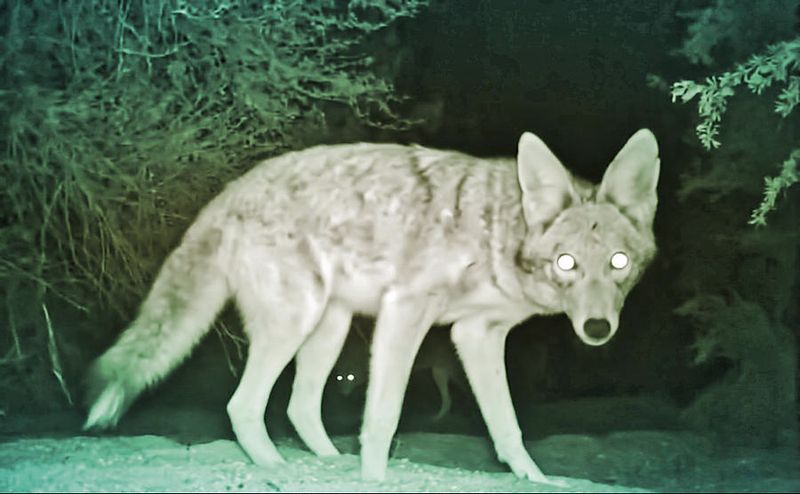
Imagine stepping into your yard at night only to freeze as a coyote’s eyes reflect in your flashlight. While instinct might urge you to shine bright lights on the animal, resist the temptation. Intense light can agitate coyotes, making them more unpredictable. Instead, calmly back away while keeping the light aimed at the ground.
Coyotes are generally skittish and will likely retreat if not provoked. Sudden blinding can lead to erratic behavior. Keeping the situation calm allows the coyote to find an escape route. It might seem counterintuitive, but a soft approach can prevent escalation.
14. AVOID: Loud, Startling Noises
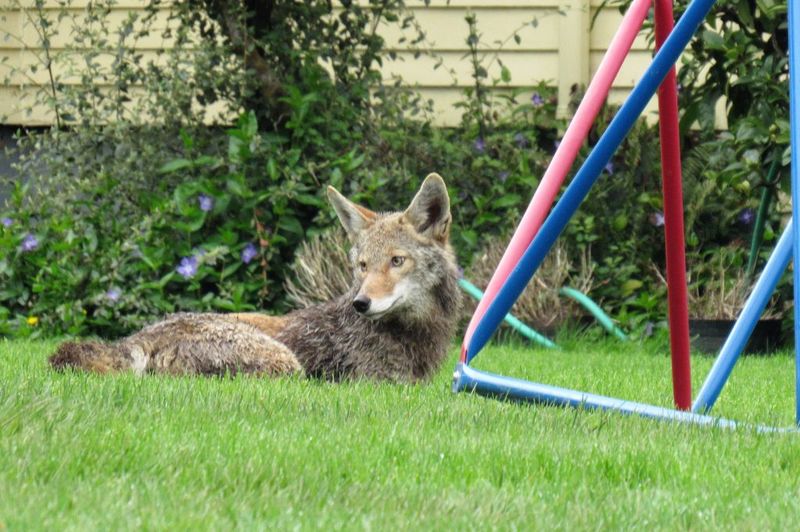
Picture this: a coyote wanders into your garden, and your first instinct is to clap loudly to scare it away. While noise can be a deterrent, sudden loud sounds might startle the coyote, leading to unpredictable reactions. Instead, use a steady, calm voice or soft noise makers.
Coyotes are intelligent creatures, and a measured approach can often lead to peaceful resolutions. Sudden noises can invoke defensive responses, especially if the coyote feels trapped. A calm but assertive demeanor helps maintain control of the situation without causing panic.

